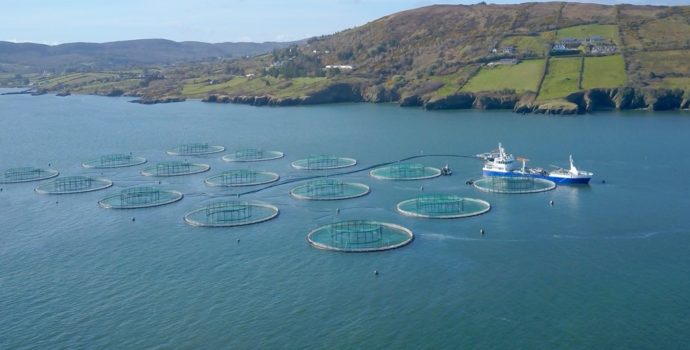
Teagasc’s David Wall offers some Smart Farming advice on building soil fertility.
After a highly stressful and long winter, farmers are planning for the year’s grazing season and winter ahead. The question many are asking right now is, how can I maximise grass growth while increasing fodder reserves for the future?
The response is clear – build soil fertility to build resilience into the system.
Why focus on soil fertility?
- Many farmers will focus on reseeding, when the most cost effective way to grow more grass is to get the fertility of the soil right first.
- The first step in getting soil fertility right is to make sure the pH is right. Lime will improve soil pH. Think of lime as being like oil in an engine. If you fill the tractor with diesel and forget about the oil, the system will cease. Similarly if you continuously apply fertilisers and forget about lime, then you are limiting grass growth. Remember, feeding good quality grazed grass is almost four times cheaper than concentrates.
Soil fertility targets
- Soil pH between 6 and 6.5
- Soils in index 3 for phosphorous and potassium
Building soil fertility should be seen as a capital investment
- It will cost €250/ha to move up one soil index
- This cost should be budgeted into a farm development plan
- Building soil fertility will make a return on investment of more than 2:1
Things to remember
- Study your soil test results, so you can apply lime and nutrients in the correct balance
- Optimise slurry use first – then top up with fertilisers as required
- Planning and budgeting is key
Soil fertility – the last word
Getting soil fertility right is a key investment to maintaining a viable farming business. It maximises nutrient uptake and reduces environmental risks.
For more on smart farming visit the website!

